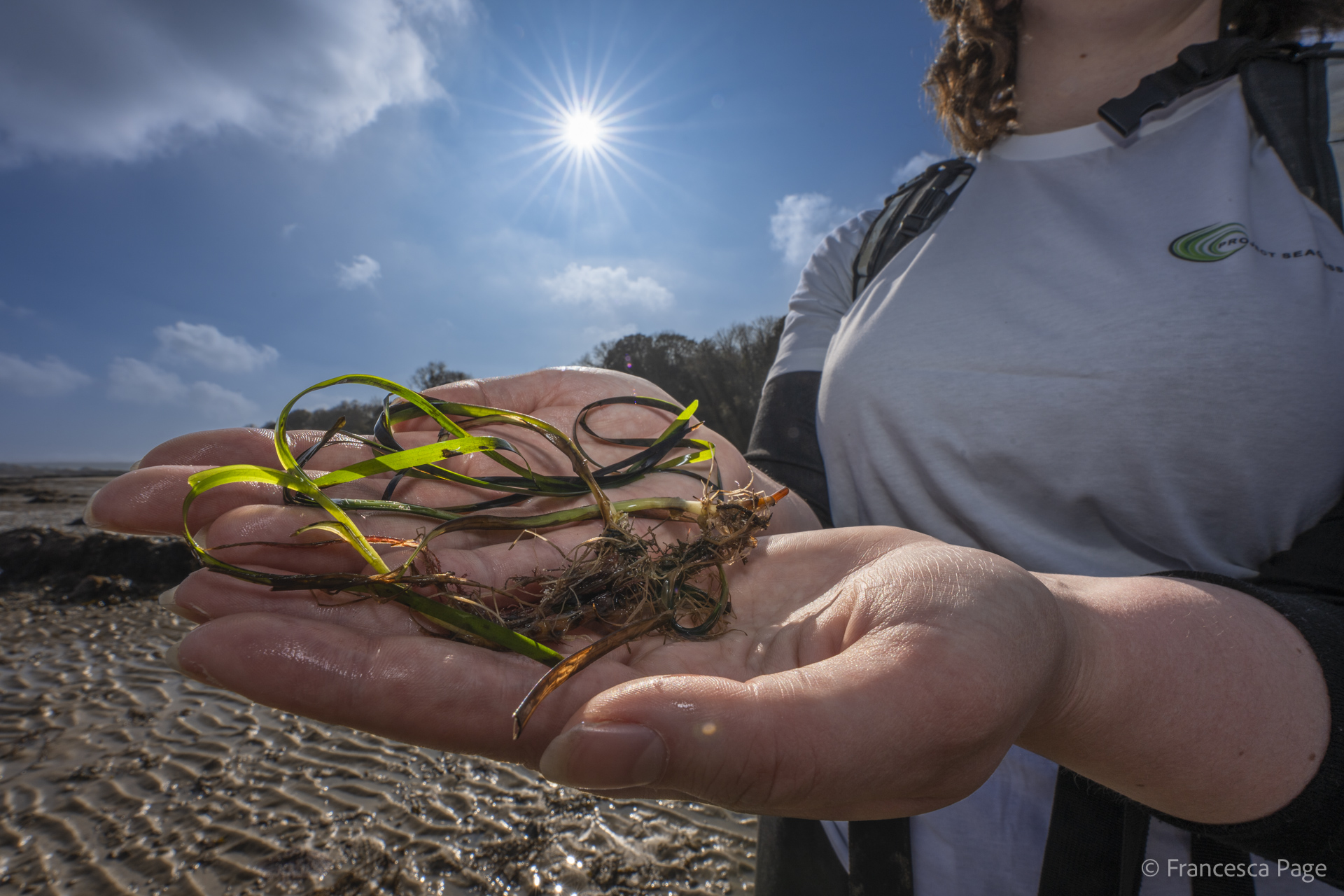onboard:earth are proud to partner with Project Seagrass through our Trees+ environmental programme, to support its core aim of restoring and preserving threatened ecosystems.
Established in 2013 by a group of seagrass scientists, Project Seagrass is a UK-based and global-facing marine conservation organisation securing a future for seagrass.
They work by creating, empowering and collaborating with communities; leading, championing and communicating scientific research; and taking direct action to map, conserve and restore seagrass meadows.
What is seagrass?
Seagrasses are marine flowering plants that thrive in shallow waters across the globe, from tropical regions to the Arctic Circle. They form dense underwater meadows that are vital to both ecosystems and human communities. They support food security through fish production, enhance water quality by acting as natural filters, protect coastlines from erosion, storms, and flooding, and play a crucial role in carbon sequestration and storage.
Despite their importance, seagrass meadows are threatened. Since 1880, ~20% of global seagrass meadows have been lost. Recent estimates reveal persistent declines of 1%–2% per year. Unfortunately, seagrasses remain one of the least protected coastal ecosystems, facing threats from coastal development, nutrient runoff, and climate change.
The message is urgent: healthy seagrasses are key to mitigating climate change, adapting to its impacts, building resilience, and providing numerous societal benefits. Immediate action is needed to protect seagrasses by prioritising ambitious, coordinated efforts in conservation, sustainable management, and restoration.
Project Seagrass in the UK: Project Seagrass supports ecosystem restoration in the UK by working in partnership with organisations across the UK to conserve and restore seagrass habitats. This includes both active restoration, such as planting efforts in North Wales, South & West Wales, the Solent, Essex, and Scotland, and passive restoration such as installing Advanced Mooring Systems to encourage sustainable boating practises.
Their Seagrass Nursery was the first of its kind in the UK and was established to produce propagules and seeds which can be used to scale the restoration of seagrass meadows across the UK. They also work to raise awareness of seagrass habitats and the benefits they bring and encourage participation in their citizen science programme SeagrassSpotter.
Project Seagrass aims:
- To be a global champion for seagrass ecosystems.
- To support well mapped, thriving seagrass ecosystems.
- To facilitate pervasive recognition of Seagrass ecosystems for people and planet.
- To conduct and facilitate scientific research, openly and widely sharing results to support conservation and restoration action.
- To support and deliver conservation and restoration action in an era of Climate Change.
- To provide strong, sustainable, international leadership.
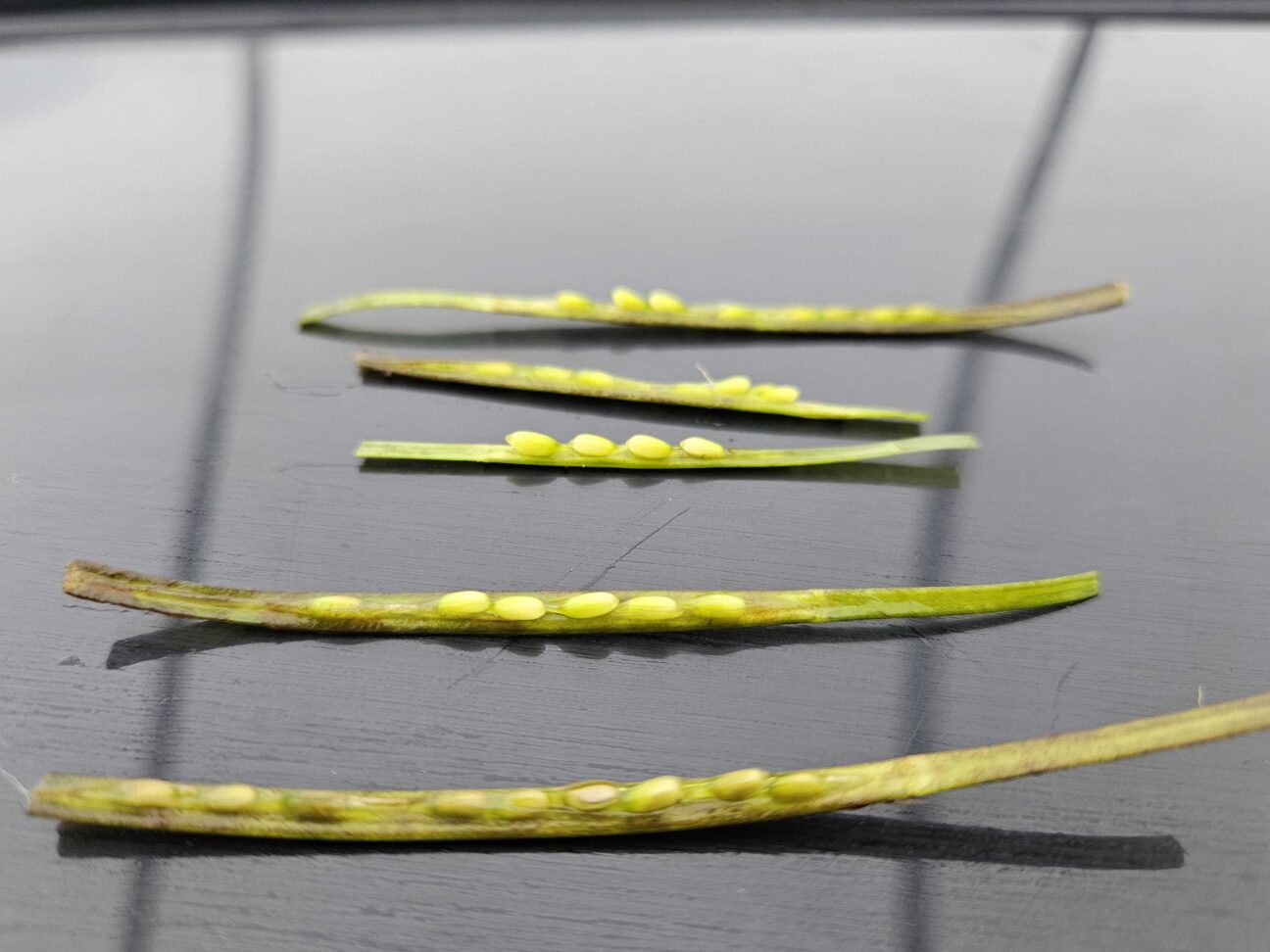
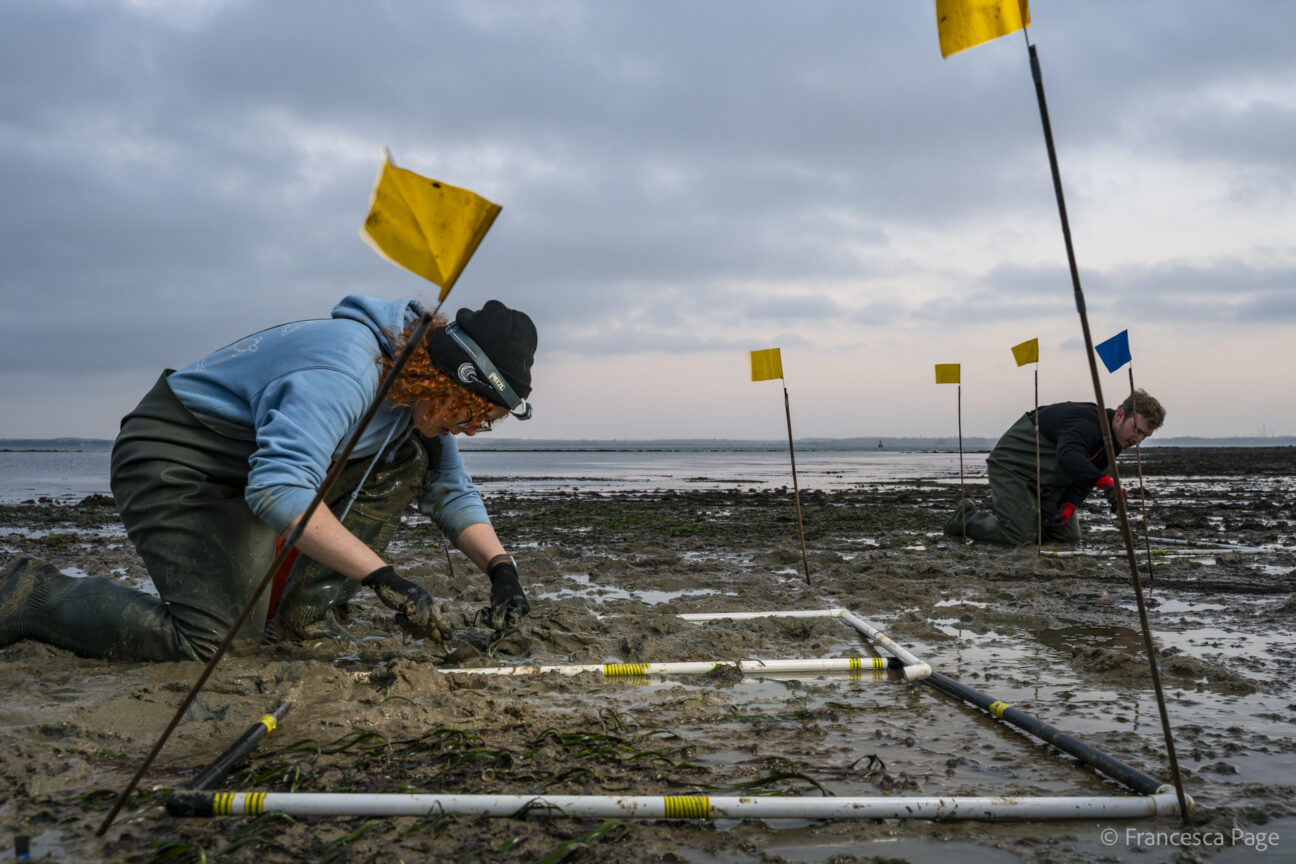
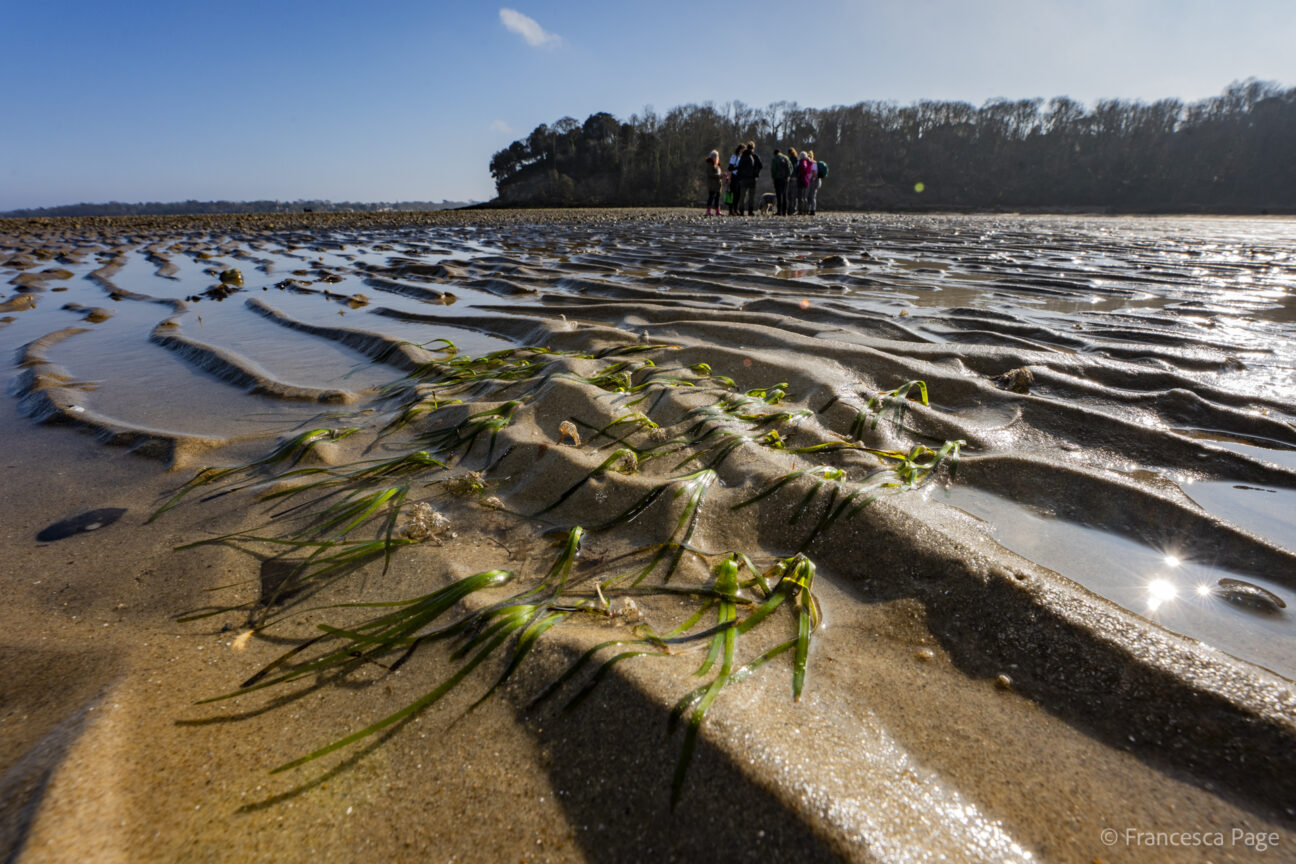
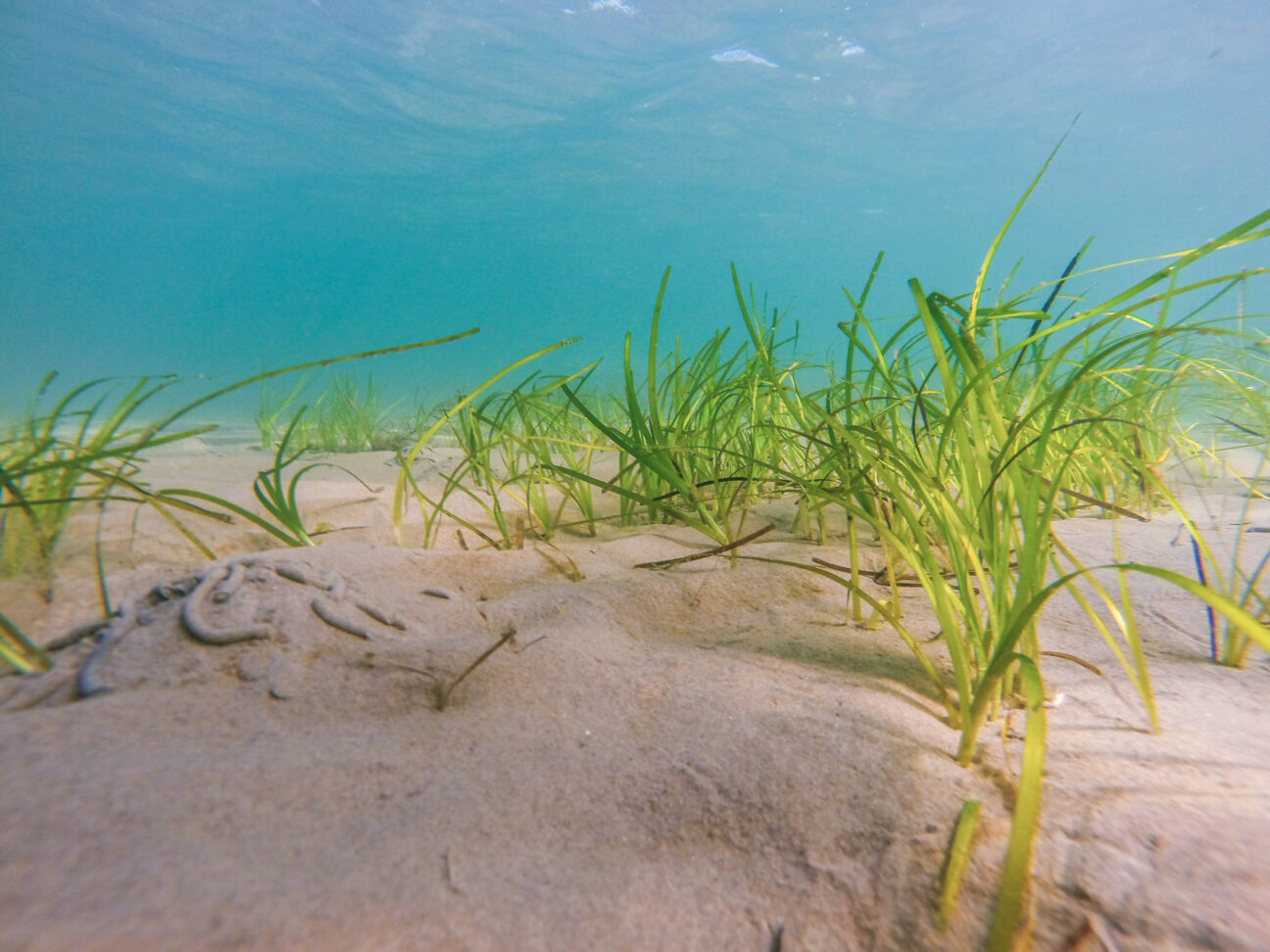
How Project Seagrass Supports the Sustainable Development Goals
1. No poverty: Seagrass ecosystem services for poverty alleviation (substrate for living, subsistence, and livelihoods).
2. Zero hunger: Seagrass subsistence fisheries support zero hunger.
3. Good health and well-being: Seagrass bioengineers its environment, making it more affable and increasing the nutritional value of fish.
4. Quality education: Seagrass ecosystems provide a means of teaching children core scientific principles (e.g., photosynthesis and environmental values).
5. Gender equality: Empowering women in seagrass fisheries (access to food and income for women).
6. Clean water and sanitation: Healthy seagrass filters and cleans water.
7. Affordable and clean energy: Seagrass restoration can be embedded in marine renewable energy.
8. Decent work and economic growth: Sustainable seagrass fisheries and green restoration jobs promote seagrass.
9. Industry, innovation, and infrastructure: Opportunity for using seagrass as a trailblazer for the uptake of net gain within industrial marine biodiversity loss.
10. Reduced inequalities: Management of seagrasses and their fisheries supports the underappreciated role of women in these activities.
11. Sustainable cities and communities: Old coastal urban heritage infrastructure (e.g., ports) creates opportunities for seagrass restoration.
12. Responsible consumption and production: Seagrass conservation requires sustainable management of associated resources
13. Climate action: Seagrass meadows store and sequester carbon.
14. Life below water: Seagrasses bioengineer the seabed, enhancing life and biodiversity underwater.

